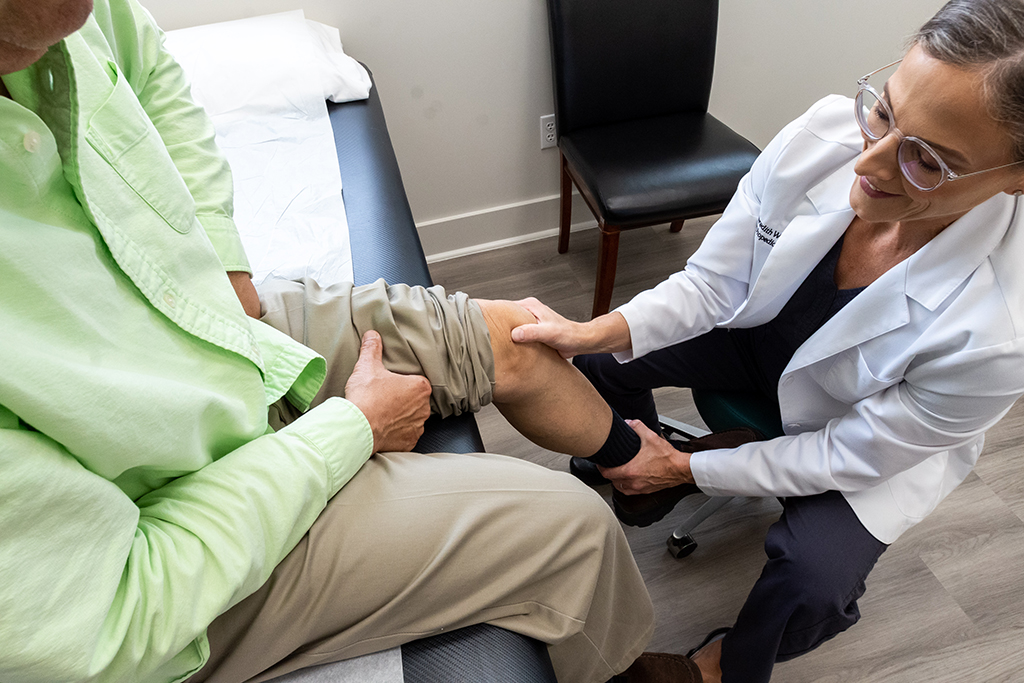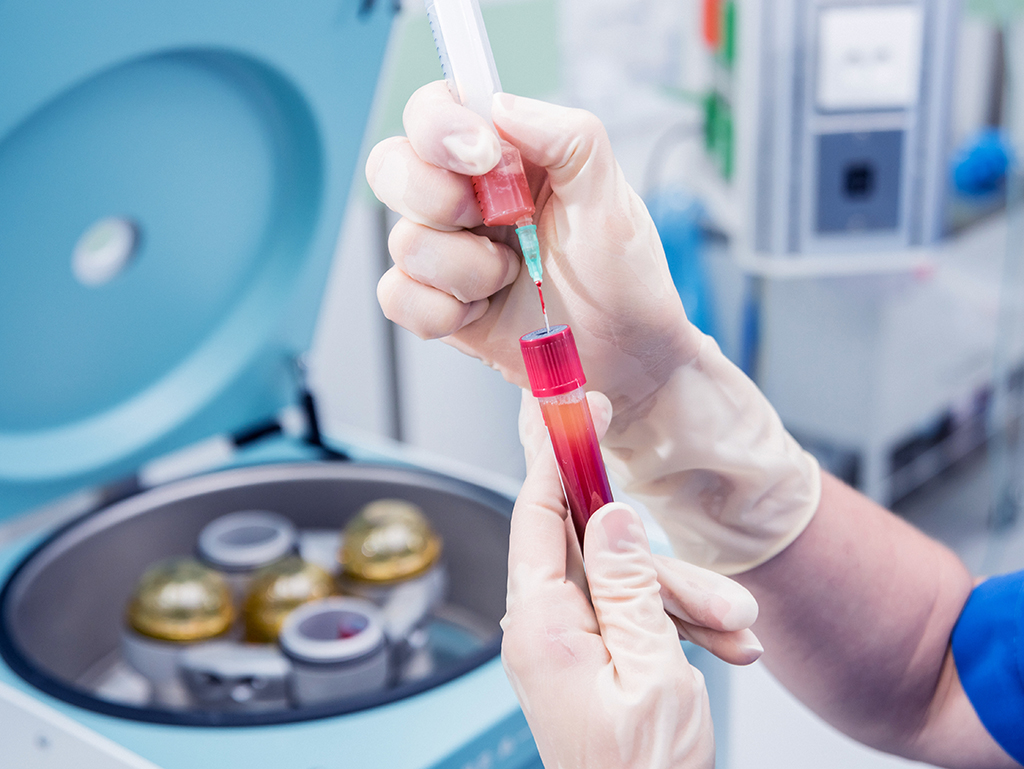Dr. Meredith Warner On Knee Arthritis

Hi, Dr. Warner here –
I wanted to talk to you today about knee arthritis as it is one of the most common conditions that send people to me, a physician and orthopedic surgeon. I’m not sure if you knew this, but the number of knee replacement surgeries performed is projected to increase astronomically as the population ages.
Let’s begin by talking about the knee and knee arthritis.
So, What Exactly Is the Knee?

The knee is basically a joint in your lower leg that is between the thigh bone (the femur) and the tibia (the shinbone). This joint is covered by the kneecap or a sesamoid bone embedded within two tendinous structures. This is a tendon to the quadriceps muscle, and then this is a tendon to the tibia.
What a sesamoid does is make the quadricep more efficient by changing the lever arm – the line of pull and the vector of force of a quad when you tighten your thigh muscle pulls up on this knee cap. When you pull up on the quad, that’s when you kick or swing through in your gait or straighten your leg, a movement made efficient by the kneecap.
There is one downside, however. Due to physics and the natural movement of the body against gravity, when you have a massive force pulling upwards, the way the body works in gravity, you end up with a resultant force that pushes in and compresses the kneecap to the femur. When you have abnormal compression and abnormal rubbing, that’s when you can potentially develop wear-and-tear arthritis.
What Is Arthritis?
Arthritis is a breakdown of the cartilaginous surface of a joint. Each of the ends of these bones is coated in cartilage, or a type of collagen that has a very, very low friction coefficient that allows smooth, beautiful movements in the human body. You have a number of places the cartilage can break down. It can break down the patella, at the femur, and on the tibia. The meniscus, a semicircular piece of gristle, helps to protect the tibia by cushioning the knee and providing rotational control and sagittal control.
One thing we’ve learned over the years is if you take out any of the meniscus, you are basically making a self-fulfilling prophecy of arthritis come true. We’re trying more and more often to preserve the meniscal tissue.
What does that go back to? I think the best way to treat knee arthritis is to treat it non-operatively. We know that the surgeries can be very good, well-researched, and have decent outcomes – but surgery is surgery, and you want to avoid it if you can because there are always complications.
How Can You Prevent Knee Arthritis?
One of the ways to avoid developing arthritis is with physical therapy. There are millions of ways to make the knee feel better through targeted physical therapy, stretching, fascial plane movements, myofascial releases, yoga, and more.
Platelet-rich plasma (PRP) is another way to treat this naturally using your own blood. We process it in a certain manner and end up with a concentrated amount of platelets and white cells. These hold growth factors in vesicles or bags within the cell called alpha granules. They release platelet-derived growth factor, vascular endothelial growth factor, fibroblast growth factor, bone morphogenic proteins, a lot of pro-healing and anti-inflammatory cytokines, and more. So, the platelets are wonderful, natural healing components and are, in fact, the first stage of all healing in the human body. Using PRP therapy, we can harness this power and inject it directly into your knee.

A recent meta-analysis in January of this year looked at all of the recent literature of platelet rich plasma for knee and hip arthritis. It found that PRP injections are actually better than any other injections used for short-term (and potentially long-term) pain relief and function improvement.
You don’t want to hurt, and you want to do more. So that’s our job is to get you there with the least amount of trauma, invasiveness, and risk possible.
Again, knee arthritis is very common but also very treatable. Although there is no cure for arthritis, we are equipped to efficiently treat the symptoms.
What Are Your Next Steps?
If you are suffering from arthritis pain or knee pain, we want to help. Contact us today at Warner Orthopedics & Wellness to learn more about PRP injections and to schedule a consultation. We’ll help you get back to feeling better and pain-free in no time.





